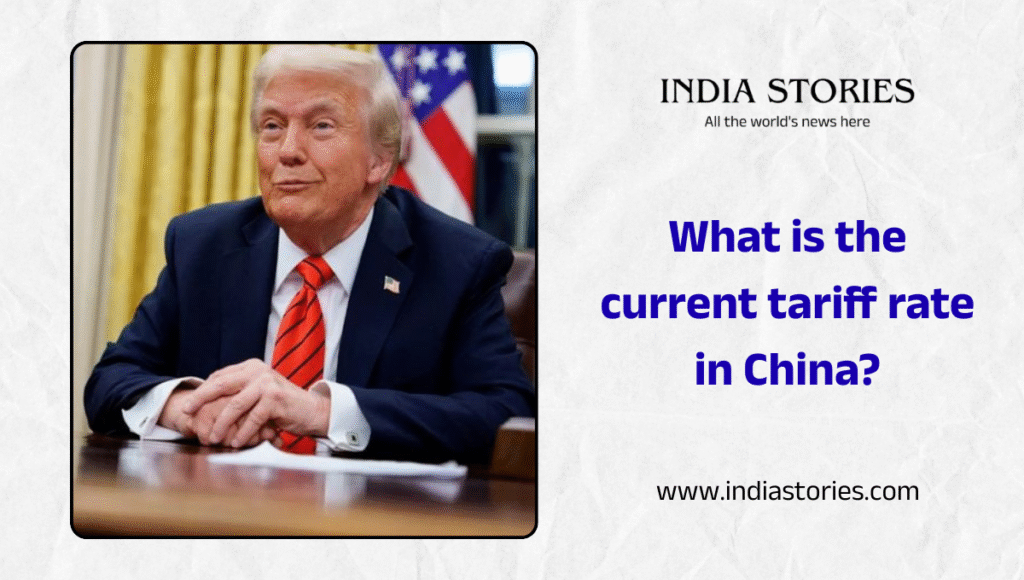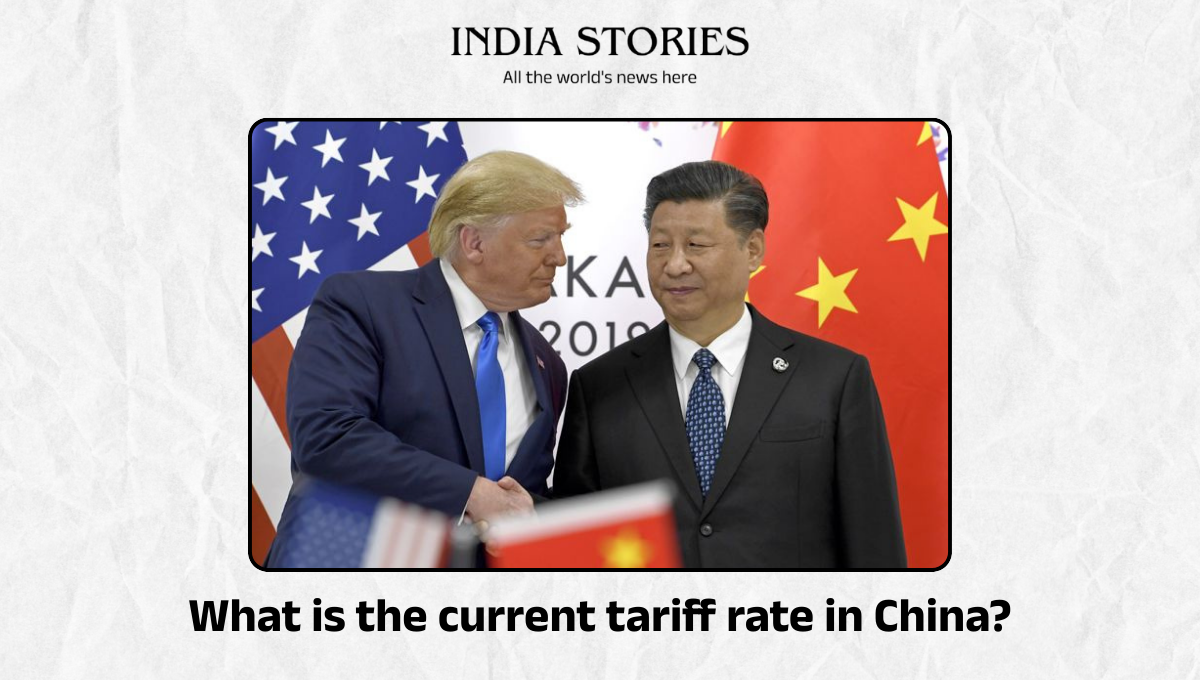According to JPMorgan Chase, the effective rate of US tariffs on Chinese goods in 2018 was between 0-5% and by 2021, when President Joe Biden takes office, it will increase to around 20%. The Biden administration did not roll back Trump-era tariffs on Chinese imports, and the rate has remained stable during Biden’s tenure.

The Complexity of China’s Tariff System
China’s tariff system is complex due to different rates for similar products, resulting from lobbying by interest groups demanding lower import taxes on raw materials and higher taxes on competing goods.
This complexity is a key factor in the geopolitical trade landscape, as demonstrated by the US-China trade dispute where tariff rates on Chinese imports fluctuated significantly, reaching over 145% before a temporary ceasefire reduced them to around 30%.
The complexity of the system also impacts global supply chains, leading businesses to adapt their sourcing and operational strategies in response to these dynamic and often unpredictable tariff policies.
The Multilayered Tariff Structure
A tiered tariff structure is a pricing system that applies different rates based on various factors, such as the origin of the product, the consumer’s usage pattern, or the type of good or service. Instead of a single flat fee, this tiered approach allows for more targeted and nuanced application of taxes, duties, or charges.
Examples of multilayer tariff structures
International trade : In international trade, a multi-tiered tariff system applies different import duties based on the country of origin.
(1) Multiple-column tariffs
(2) Customs duties in India
Energy pricing : In the energy sector, multi-tiered tariffs are used to manage consumption and ensure grid stability.
(1) Time-of-Use (TOU) tariffs
(2) Tiered tariffs
(3) Demand-based tariffs
Telecommunications : Service providers often offer multi-tiered pricing plans to meet different customer needs and revenue goals.
(1) Three-part tariffs
Recent developments and policy changes
A. “Import and Export Tariff of the People’s Republic of China (2025)”
B. Provisional Import Tariffs
C. Tariffs in Trade Disputes
What this means for businesses and the global economy
The global economy offers opportunities through new markets and reduced costs but also risks of global competition and supply chain disruptions. For the global economy, it means interconnected growth and innovation fueled by trade and investment, though it can also exacerbate inequality and vulnerability to widespread economic shocks.

